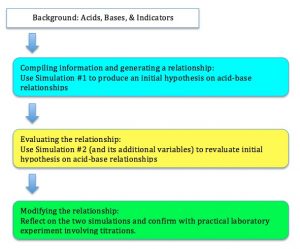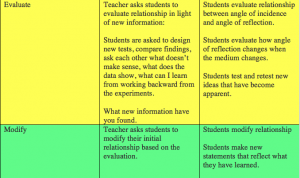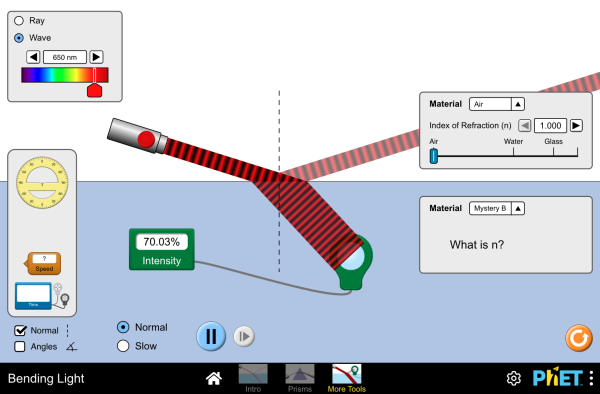The Challenge:
Acid-base chemistry is a core section of Chemistry 11 and leads to the study of a variety of other chemical reactions. Typically, the concept of acid-base titrations is taught with traditional methods with teacher-based lectures followed by examination (Gonzalez-Gomez, Rodriquez, Canada-Canada, & Jeong, 2015). Additionally, ‘scripted’ laboratory classes can accentuate this method where students practice their observational skills and link between theory and practice. However, various misconceptions and student problems affect the ability of students to effectively learn the material. These misunderstandings can include a variety of topics such as the nature of acids and bases, and the recognition and use of acid-base chemistry (Cooper, Kouyoumdjian, & Underwood, 2016). From my own personal experience teaching acid-base titration, there is a disconnect between the laboratory work involving observations and technique and the calculations that accompany the laboratory work. Typically, students are able to complete titrations successfully in a laboratory setting and are able perform specific calculations in the classroom. However, they often struggle when the two concepts are joined or completed together. As proposed below, the use of T-GEM cycle might help alleviate some of these issues.
T-GEM Cycle:
Briefly, the T-GEM cycle involves three levels of instructional strategies (Khan, 2007):
- Compiling information and generating a relationship
- Evaluating the relationship
- Modifying the relationship
The propose T-GEM cycle for the acid-base titration lessons would involve the teacher initially providing a minimal amount of background information. This would include introducing the concepts of acids, bases, and indicators.
The first level of T-GEM involves compiling information and generating a relationship. Students would be introduced to the first simulation (see below). This simulation allows students to manipulate the amount of NaOH in the Erlenmeyer flask and virtually perform a titration to the equivalence point. Students would be tasked with determining a general relationship between the concentration of base and acid as the titration proceeds.
Following the introductory simulation on titrations, students are then asked to revaluate the relationship using a second simulation (see below). This second simulation is more involved as it allows greater control and manipulation of variables (type of reaction, specific acids, specific bases, and verification of calculation). For example, students can be tasked with finding a more specific relationship between variables and perform calculations to verify results.
The final teacher strategy involves students modifying and summarizing their initial relationship based on their observations from the second simulation. Also, students would need to solve a new case. In my classes, I would then integrate the technical lab work for students to attempt and further confirm their hypothetical relationships.
The strategies are summarized below:

Digital Tech:
Simulation #1
Simulation #2
References:
Cooper, M., Kouyoumdjian, H., & Underwood, S. (2016). Investigating students’ reasoning about acid-base reactions. Journal of Chemical Education, 93(10), 1703-1712.
Gonzalez-Gomez, D., Rodriguez, D., Canada-Canada F., & Jeong, J. (2015) A comprehensive application to assist in acid-base titration self-learning: An approach for high school and undergraduate students. Journal of Chemical Education, 92(5), 855-863.
Khan, S. (2007). Model-based inquiries in chemistry. Science Education, 91(6), 877-905.





